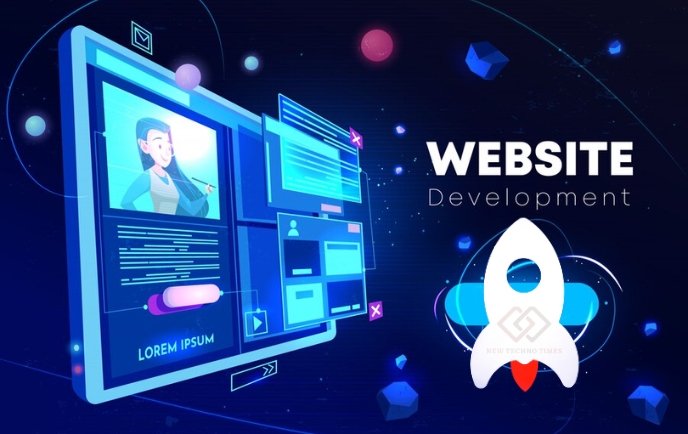In the vibrant, fast-paced world of startups, your website isn’t just a digital brochure; it’s your launchpad, your storefront, and your megaphone. It’s the face you present to the world, the platform where you tell your story, and the engine that drives user acquisition and growth.
By harnessing the potential of web development languages, web development services unlock new frontiers of empowerment for startup founders. But for a startup navigating the treacherous waters of limited resources and rapid evolution, building a website that’s both scalable and efficient requires a strategic approach.
Here’s your roadmap to crafting a website that can grow with your venture, without breaking the bank or compromising performance:
Prioritize the MVP:
Think lean and mean. Forget feature overload! Instead, focus on your Minimum Viable Product (MVP) a stripped-down version of your website that showcases your core value proposition and delivers essential functionalities. This agile approach allows you to test your concept with real users, gather valuable feedback, and iterate quickly, all while keeping development costs under control.
Remember, you can always add bells and whistles later as you gain traction.
Also Read: 6 Best Programming Languages For Web Development
Design for growth, not just looks:
While aesthetics matter, they shouldn’t overshadow scalability and user experience. Opt for a clean, intuitive design with a focus on clear navigation and easy access to critical information. Opt for a clean, intuitive design with a focus on clear navigation and easy access to critical information.
Choose a flexible back-end framework that can easily accommodate future expansion, be it adding new features or integrating with third-party platforms. Think modularity and reusability components that can be easily adapted and replicated as your needs evolve.
Content is king
Your website isn’t just pixels and code; it’s a story – your story. High-quality, engaging content that resonates with your target audience is crucial. Focus on crafting compelling narratives, informative blog posts, and actionable calls to action. Use the power of SEO to attract organic traffic and nurture leads.
Remember, content is a constant investment, not a one-time project.
Performance is paramount
No one wants a slow, clunky website. In today’s fast-paced world, users expect lightning-fast loading times and flawless responsiveness across devices. Optimize your website for speed by minimizing code bloat, optimizing images, and caching static content.
Invest in reliable hosting with the capability to handle traffic spikes as your audience grows. A slow website not only frustrates users but also hurts your SEO rankings.
Also Read: When and Why to Use Node.js for Web App development?
Embrace automation and integrations
Don’t reinvent the wheel! Leverage the power of automation tools to streamline repetitive tasks, like email marketing, social media scheduling, and data analysis. Integrate your website with third-party platforms for e-commerce, customer relationship management, and analytics.
This frees up your team to focus on core tasks and lets you scale operations efficiently.
Build for security, not vulnerability
In today’s digital landscape, security is paramount. Implement robust security measures to protect your website and user data from cyberattacks. Regularly update your software, use strong passwords, and consider implementing two-factor authentication.
Remember, a compromised website can damage your reputation and erode user trust, so make security a non-negotiable priority.
Measure, analyze, and adapt
Your website isn’t static; it’s a living, breathing entity. Track key performance indicators (KPIs) like user engagement, conversion rates, and bounce rates. Analyze the data regularly to identify areas for improvement and tweak your website accordingly.
A/B testing different design elements, calls to action, and content can reveal hidden potential and unlock new growth opportunities.
Also Read: Top 10 Web design and Development Tools To Build A Web Application
Don’t be afraid to pivot:
Change is the only constant in the startup world. Be prepared to adjust your website strategy as your business evolves. If your original MVP doesn’t resonate with users, don’t be afraid to pivot and try something new.
The ability to adapt and learn from your mistakes is key to surviving and thriving in the competitive startup landscape. Building a scalable and efficient website for your startup requires a blend of foresight, adaptability, and smart resource allocation.
By prioritizing user experience, optimizing for performance, and embracing the power of technology, you can craft a digital launchpad that fuels your growth and propels your venture towards success. Remember, your website is more than just a digital address; it’s the beating heart of your startup, and it deserves your unwavering attention and investment.
Varixkumar Patel is the Founder and CEO of Covrize. With 20+ years of industry experience, he has a deep understanding of Tech Industry Operations. Varix has played a critical role in the growth of two of the Software Majors in Ahmedabad and is adhering to the same for Covrize.

